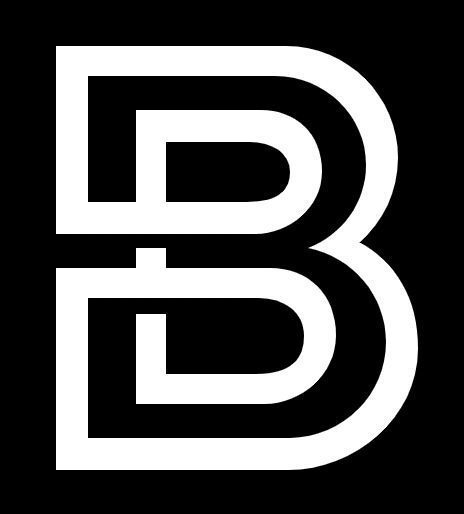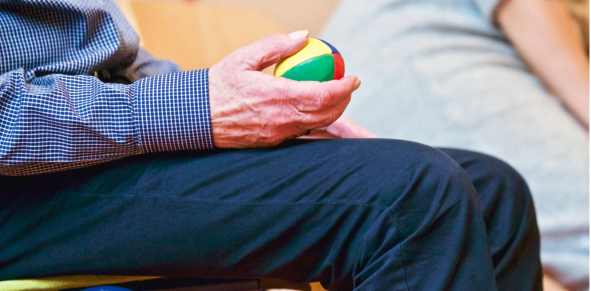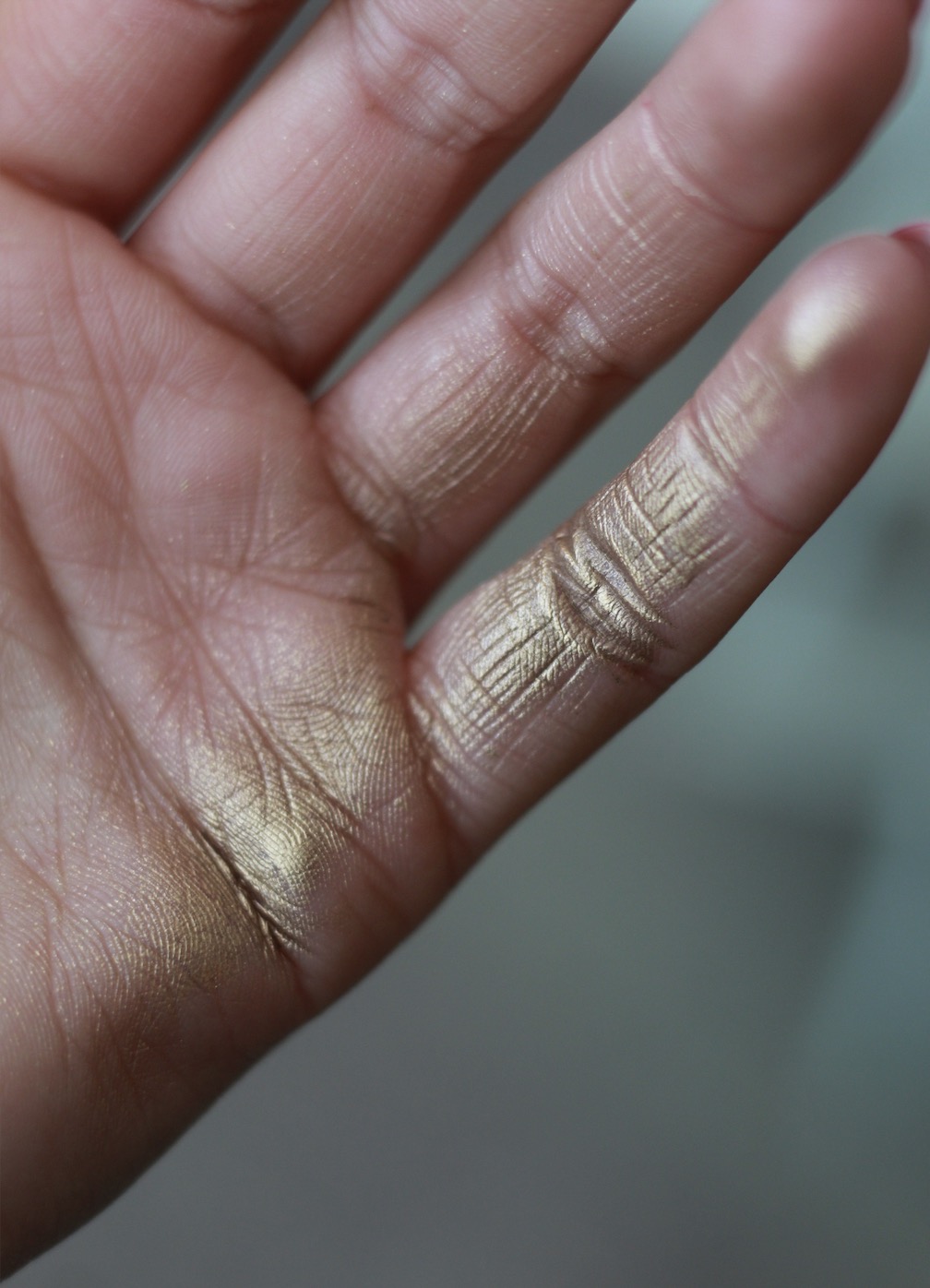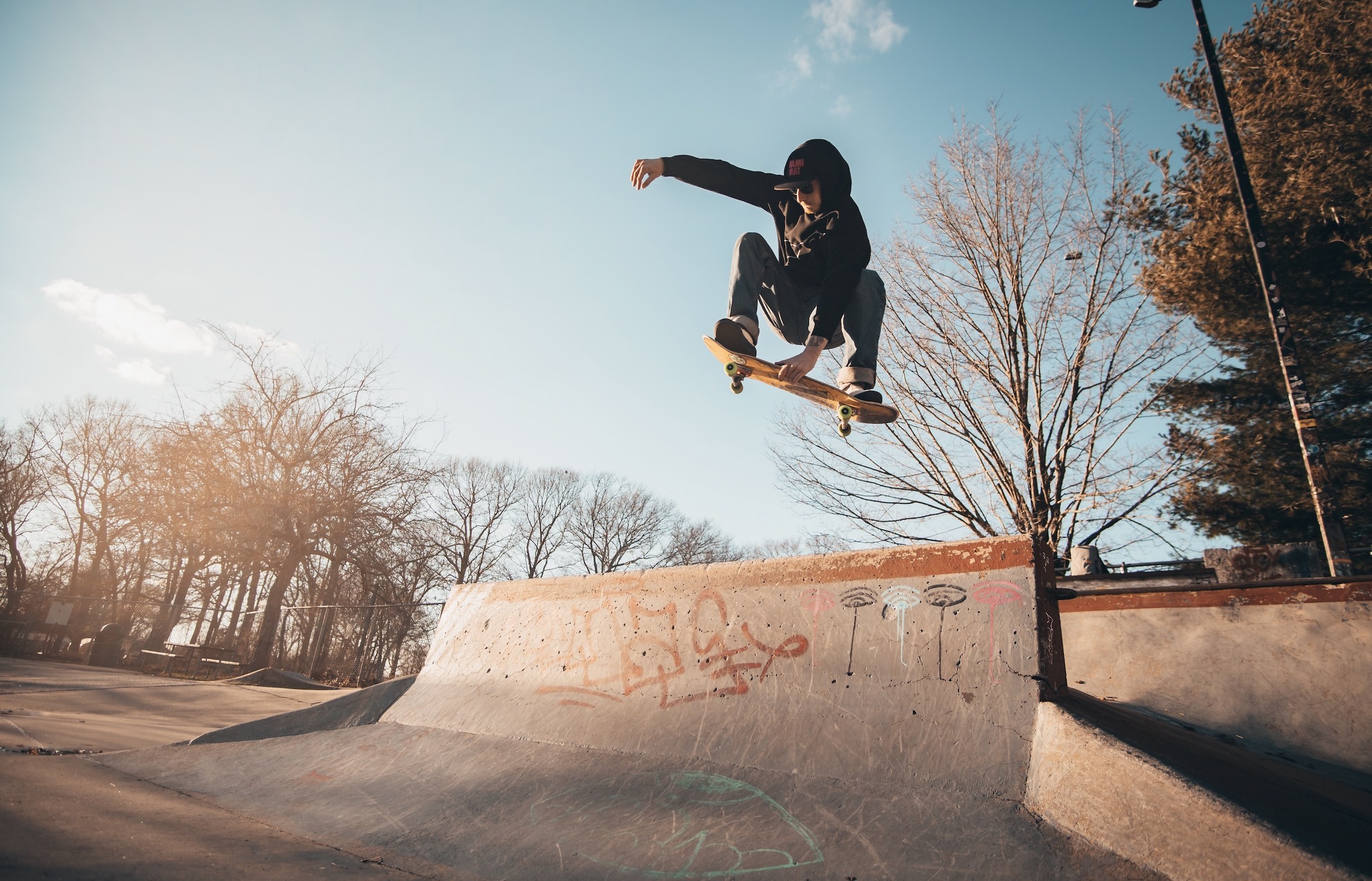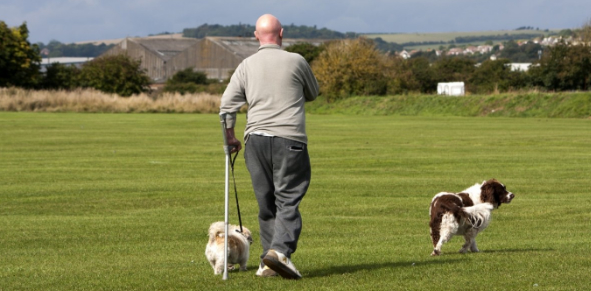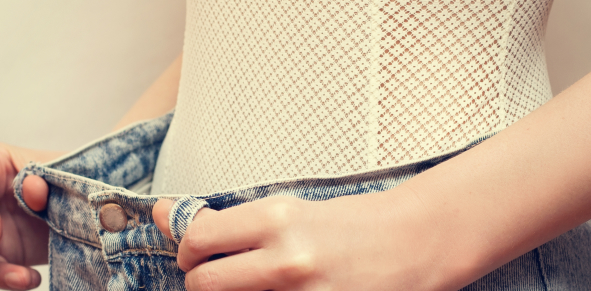Post-Stroke Pain Management: How to Minimize It
A stroke is a devastating life event to endure. However, many people recover from strokes and go on to live happy and normal life. Pain is one potential obstacle to your returning to a healthy life after surviving a stroke.
One in three stroke survivors will suffer chronic pain after having a stroke. The good news is there are several methods available to help with post-stroke pain management.
Physical Therapy
Your physical therapist will make sure you are well-stretched and work with you to combat the muscle weakness that can plague a stroke survivor during recovery.
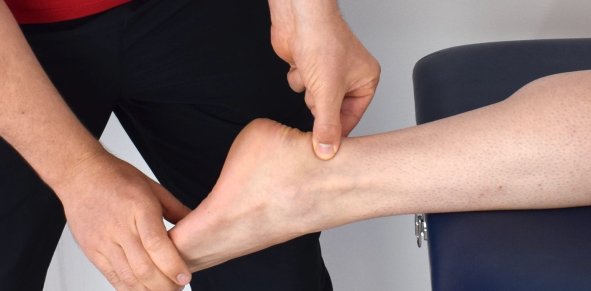
Muscle and joint pain is a common affliction for stroke survivors. The discomfort often leaves stroke survivors searching for answers as to how to minimize post-stroke pain.
Often, problems with muscles and joints can be addressed by attending regular sessions with a physical therapist. Your physical therapist will make sure you are well-stretched and work with you to combat the muscle weakness that can plague a stroke survivor during recovery.
Your physical therapists will use a variety of techniques to place the limb affected by the stroke in as many positions as possible to decrease the pain you experience and encourage your full recovery.
Medications
Approximately one in four individuals who survive strokes experience pain on the stroke-affected side of their body in the aftermath of their illness. This pain is often addressed with the use of pain medications. Paracetamol and codeine are two drugs commonly prescribed to provide pain relief for stroke survivors.
Non-steroidal anti-inflammatory drugs are often prescribed for stroke survivors who find that medications with less strength do not give them the pain relief they need.
BeltBro
BeltBro is one of the most lightweight and convenient belt alternatives available to stroke survivors.
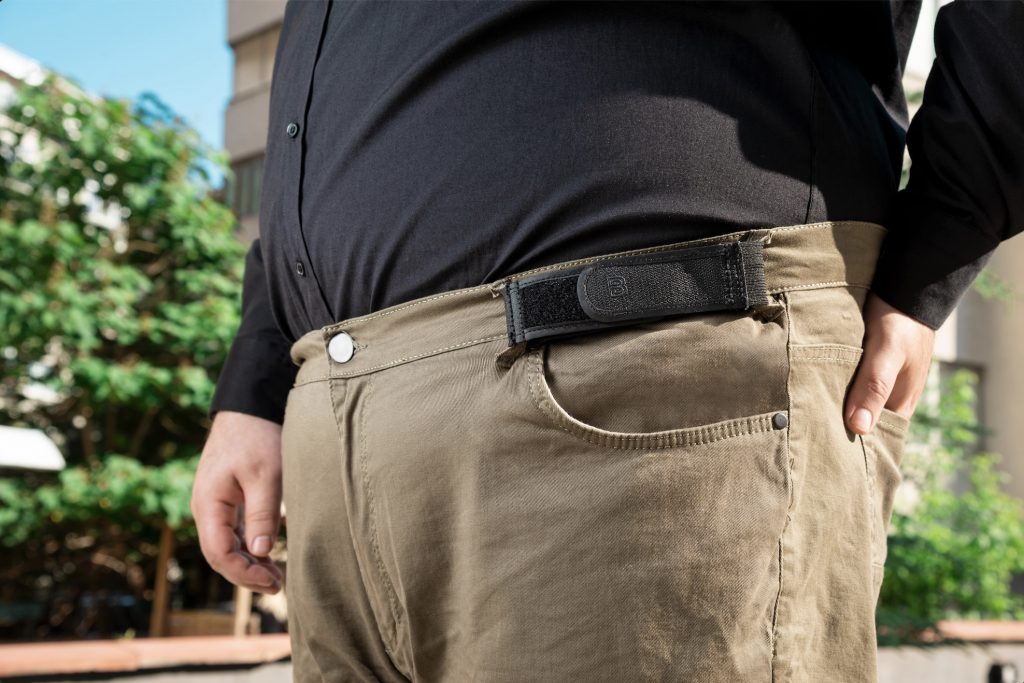
Comfort takes on a new level of importance when recovering from a stroke. Belts can become restrictive to blood flow and cause a bit of discomfort for stroke survivors. You will likely try a few belt alternatives before finding the beltless look that will provide you with the post-stroke pain management support you need.
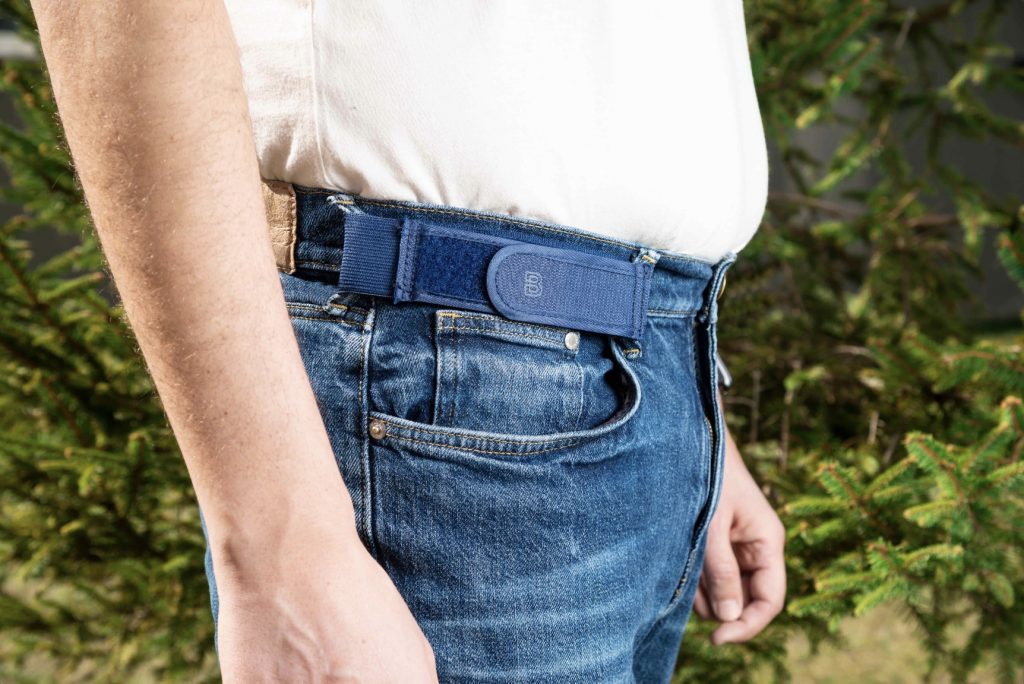
BeltBro is one of the most lightweight and convenient belt alternatives available to stroke survivors and provides a look that is so snug it will be difficult for others to tell you have decided to go beltless.
TENS Treatment
The TENS acronym stands for transcutaneous electrical nerve stimulation. Simply put, electrical impulses are used to lessen the pain experienced by a stroke survivor.
The first step in the process is for sticky pads to be attached to strategic locations on your skin. The sticky pads are attached to electrodes. These electrodes are connected to a machine that provides electricity.
The electrical impulses transmitted through your skin are capable of stopping pain signals in the affected area of your body from being carried by nerves to your brain.
Pain Management Clinics
If initial pain treatments do not relieve your pain, your general practitioner can refer you to a pain management clinic.
Stroke survivors who find they need long-term relief for the pain they experience in the aftermath of a stroke may do well to turn to a pain management clinic for the help they need.
If initial pain treatments do not relieve your pain, and the discomfort you feel significantly affects your life, your general practitioner can refer you to a pain management clinic. They will devise a tailor-made pain-management program just for you.
Final Thoughts
A stroke is a severe medical event that will likely leave the survivor physically changed forever. One important aspect of stroke recovery is learning to deal with the pain that often plagues stroke survivors after a stroke. The five tips above are great answers to the question of how to minimize post-stroke pain.
Source & Reference:
https://www.ncbi.nlm.nih.gov/pubmed/10688340
